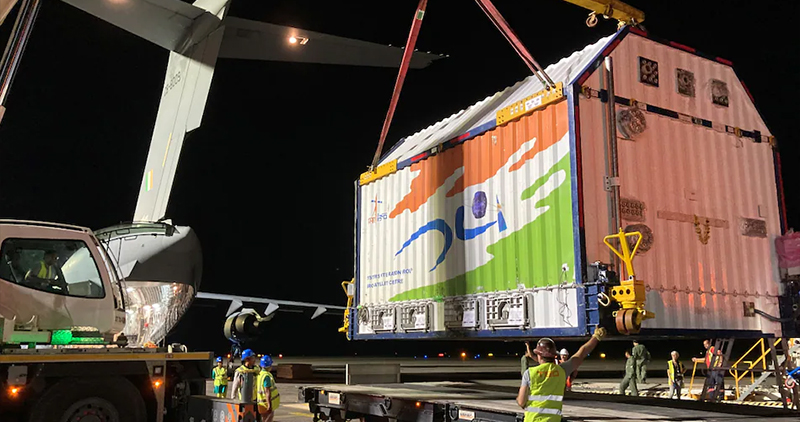GSAT-24 satellite leased to Tata, to be launched on June 22
India’s communication satellite GSAT-24 (GSAT-24) will be launched by Arianespace on June 22 from Kourou in French Guiana. Giving this information, the country’s space agency ISRO has said that
NewSpace India Limited (NSIL), which comes under the Department of Space (DoS), Government of India, has launched it under the first Demand Driven Mission. NSIL, a PSU, is going to launch this demand-driven communication satellite for Tata Sky.
GSAT-24 is a 24-Ku band communication satellite. Its weight is 4,180 kg. It will meet the needs of DTH applications across the country. In a statement, it has been told by ISRO that NSIL has leased the entire satellite capacity to ‘Tata Play’. Tata Play was earlier known as Tata Sky.
After completing assembly, integration and environmental tests, the GSAT-24 satellite was approved by the PSR (Pre-Shipment Review) Committee on May 2. The satellite and associated equipment were sent to the launch site on May 18 by a C-17 Globemaster aircraft. There its health and performance is being checked.
Earlier in April, it was informed that this satellite will provide high-quality television, telecommunication and broadcasting services in the country. Arianespace said in a statement that two geostationary telecommunication satellites – MEASAT-3d and GSAT-24 – will be sent on the Ariane 5 rocket. The first of these satellites is for Malaysian customers.
Talk about some more indigenous launch, then a few months ago ISRO has also shown the first glimpse of the country’s third spacecraft Chandrayaan-3 going to the Moon. Its launch is anticipated in August this year and the assembly work is going on right now. Chandrayaan-3 was to be launched at the end of the year 2020, but due to the Corona epidemic, this mission has been delayed. It is a lander-specific mission, with no orbiter. This is because the first orbiter of Chandrayaan-2 is working properly. The Chandrayaan-3 mission is important because it will be ISRO’s second attempt to land on the Moon and will improve the path of interplanetary missions.

